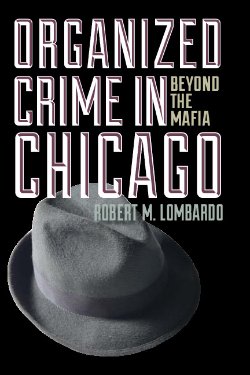Sergi, Anna and Vannucci, Alberto
This paper wishes to explore some characteristics of the relevant interconnections between mafias/ mafiosi and masonic lodges/masons in the Italian context. The paper sets out to study these interconnections from a social science perspective rooted in sociological and neo-institutional studies of organised crime and mafias, but also in criminological approaches to social constructionism, in the form of symbols and narratives. We will present a case study to reflect on the roles that (deviant) masons can assume in contexts where both mafias’ and personal, political, or economic interests are at play. The case study shows how masonic alliances can augment networking and enforcing capabilities: we call this process masonic deviance amplification. Additionally, the case study confirms the constitutive power that narratives around the masonic world hold today in the Italian context.
The Secret Nexus. A case study of deviant masons, mafia, and corruption in Italy. The British Journal of Criminology, 63 (5). (2022) pp. 1165-1183.





















